Triethyl phosphate
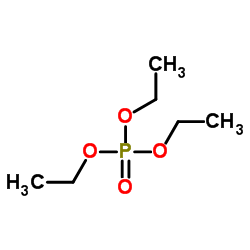
Triethyl phosphate structure
|
Common Name | Triethyl phosphate | ||
|---|---|---|---|---|
| CAS Number | 78-40-0 | Molecular Weight | 182.155 | |
| Density | 1.1±0.1 g/cm3 | Boiling Point | 219.3±8.0 °C at 760 mmHg | |
| Molecular Formula | C6H15O4P | Melting Point | -56 °C | |
| MSDS | Chinese USA | Flash Point | 115.6±0.0 °C | |
| Symbol |

GHS07 |
Signal Word | Warning | |
| Name | triethyl phosphate |
|---|---|
| Synonym | More Synonyms |
| Density | 1.1±0.1 g/cm3 |
|---|---|
| Boiling Point | 219.3±8.0 °C at 760 mmHg |
| Melting Point | -56 °C |
| Molecular Formula | C6H15O4P |
| Molecular Weight | 182.155 |
| Flash Point | 115.6±0.0 °C |
| Exact Mass | 182.070801 |
| PSA | 54.57000 |
| LogP | 1.08 |
| Vapour density | 6.28 (vs air) |
| Vapour Pressure | 0.2±0.4 mmHg at 25°C |
| Index of Refraction | 1.406 |
| Stability | Stable. Combustible. Incompatible with strong oxidizing agents, water. |
| Water Solubility | SOLUBLE |
CHEMICAL IDENTIFICATION
HEALTH HAZARD DATAACUTE TOXICITY DATA
MUTATION DATA
|
| Symbol |

GHS07 |
|---|---|
| Signal Word | Warning |
| Hazard Statements | H302-H319 |
| Precautionary Statements | P305 + P351 + P338 |
| Personal Protective Equipment | Eyeshields;Faceshields;full-face respirator (US);Gloves;multi-purpose combination respirator cartridge (US);type ABEK (EN14387) respirator filter |
| Hazard Codes | Xn:Harmful |
| Risk Phrases | R22 |
| Safety Phrases | S25 |
| RIDADR | 3278 |
| WGK Germany | 1 |
| RTECS | TC7900000 |
| HS Code | 29190090 |
| Precursor 9 | |
|---|---|
| DownStream 10 | |
| HS Code | 29190090 |
|---|
|
Altered cytological parameters in buccal cells from individuals with mild cognitive impairment and Alzheimer's disease.
Cytometry. A 85(8) , 698-708, (2014) Previous studies have shown that mild cognitive impairment (MCI) may be reflective of the early stages of more pronounced neurodegenerative disorders such as Alzheimer's disease (AD). There is a need ... |
|
|
Improved method for measuring transparent exopolymer particles (TEP) and their precursors in fresh and saline water.
Water Res. 70 , 300-12, (2015) Transparent exopolymer particles (TEP) and their precursors produced by phyto-/bacterio-planktons in fresh and marine aquatic environments are increasingly considered as a major contributor to organic... |
|
|
Mesoporous bioactive glass nanolayer-functionalized 3D-printed scaffolds for accelerating osteogenesis and angiogenesis.
Nanoscale 7 , 19207-21, (2015) The hierarchical microstructure, surface and interface of biomaterials are important factors influencing their bioactivity. Porous bioceramic scaffolds have been widely used for bone tissue engineerin... |
| Phosphoric ether |
| Phosphoric acid triethyl ester |
| Triethyl phosphate |
| AURORA KA-1638 |
| Triethylfosfat |
| Phosphoric acid, triethyl ester |
| diethylphosphoric acid ethyl ester |
| Triethylphosphate |
| ETHYL ACID PHOSPHATE |
| MFCD00009077 |
| TRIETHYL PHOSPHAYE |
| TEP |
| phosphatedetriethyle |
| EINECS 201-114-5 |
 CAS#:64-17-5
CAS#:64-17-5 CAS#:762-04-9
CAS#:762-04-9 CAS#:126-68-1
CAS#:126-68-1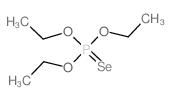 CAS#:2651-89-0
CAS#:2651-89-0 CAS#:819-43-2
CAS#:819-43-2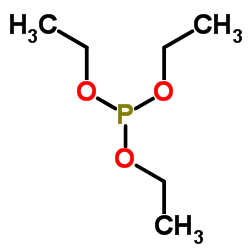 CAS#:122-52-1
CAS#:122-52-1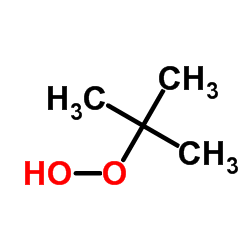 CAS#:75-91-2
CAS#:75-91-2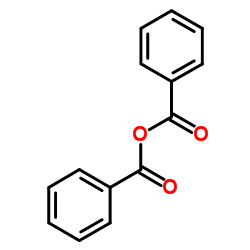 CAS#:93-97-0
CAS#:93-97-0![N-[(2-nitrobenzene)sulfenyl]benzimidazole Structure](https://image.chemsrc.com/caspic/287/79352-12-8.png) CAS#:79352-12-8
CAS#:79352-12-8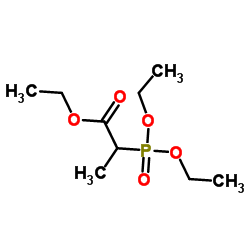 CAS#:3699-66-9
CAS#:3699-66-9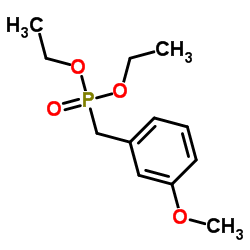 CAS#:60815-18-1
CAS#:60815-18-1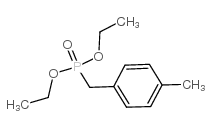 CAS#:3762-25-2
CAS#:3762-25-2 CAS#:14143-01-2
CAS#:14143-01-2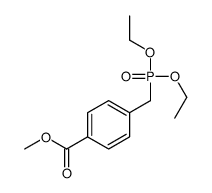 CAS#:14295-52-4
CAS#:14295-52-4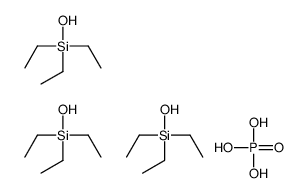 CAS#:14579-57-8
CAS#:14579-57-8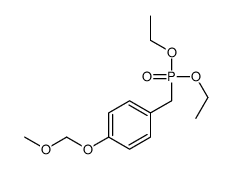 CAS#:144336-64-1
CAS#:144336-64-1 CAS#:17145-91-4
CAS#:17145-91-4 CAS#:19372-80-6
CAS#:19372-80-6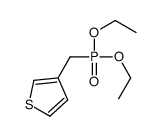 CAS#:21382-79-6
CAS#:21382-79-6
